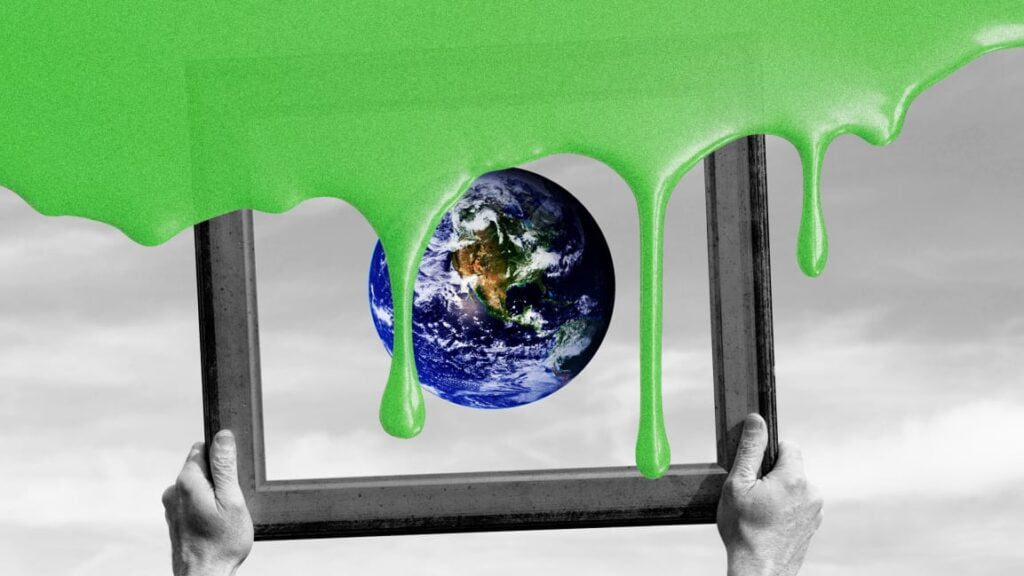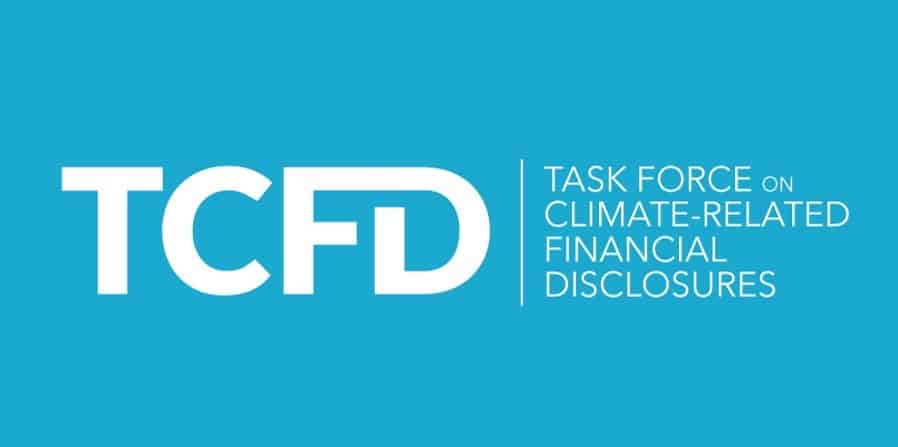A tool called ClimateBert assessed whether companies are actually doing what they say they are doing when it comes to the environment, or whether it's just greenwashing. It didn't go very well.
What is greenwashing
The definition of greenwashing refers to misleading communications about a company's practices and environmental impact. False information and advertising made only to present an environmentally responsible public image. At a time when marketers have about three seconds to get someone's attention, it's much easier to manipulate the truth, especially when it comes to praising sustainability efforts and green efforts. But while there are companies committed to making a real difference for people and the planet, many others embrace the environmental theme more in marketing than in actual practice. But how can we distinguish between greenwashing and real green initiatives? In this case, artificial intelligence came into play.
ClimateBert is an artificial intelligence tool that deconstructs corporate statements, annual reports, statements and other materials to evaluate climate-related disclosure, and measure actual performance. It was created by TCFD. It is a Task Force that provides companies with tools to more effectively disclose climate-related performance. Since this isn't easy, TCFD turned to natural language processing and neural networks for help. The enormous volume of data, often including unclear words, represents a great challenge to analyze in a timely manner. With AI tools like ClimateBert, you can now reduce weeks of analysis into just a few days.

What did ClimateBert discover?
Unfortunately, after evaluating more than 800 companies, ClimateBert gave a negative response. The AI has determined that there is a lot of chatter, but actual performance is lacking. Why? In the evaluation of TCFD, there are three main contributing factors. First, greenwashing has largely gotten out of control so far. And so there's no incentive for companies to change. Second place: The Paris Agreement has, ironically, allowed companies to be more “selective” in what they want to disclose to limit brand risk. ThirdlyWith the exception of France, corporate climate reporting is voluntary disclosure. This allows companies a lot, too much freedom as to what they would like to share.
That's why TCFD insists. We need to make companies' reports on environmental commitment standardized and mandatory.
AI on the hunt for greenwashing
Other organizations are also harnessing the power of AI to uncover greenwashing. For example Ping an, an insurance and financial company based in China. Ping An leverages its Digital Economic Research Center and AI to evaluate corporate climate disclosure and detect greenwashing. Using natural language processing algorithms, the Digital Economic Research Center instead, it developed AI-based indicators to determine climate risk exposure more precisely than traditional environmental, social and corporate governance (ESG) metrics.
In summary, AI is more efficient at determining whether a company is truly eco-friendly or simply greenwashing.

Two basic problems remain
While these examples look promising, however, there are still two problems to address.
First, It takes good data to train artificial intelligence systems and give them something to analyze and review. Thanks to other emerging technologies such as i sensors IoT (to collect ESG data) and blockchain (to track transactions), we have the infrastructure to collect more data. By measuring real-time energy use, transportation routes, manufacturing waste and so on, greenwashing is ferreted out sooner.
Second problem is obviously to apply macro benefits to micro solutions. It's not enough to evaluate companies' environmental progress on popular initiatives like tree planting. Companies like Microsoft, Alibaba, American Express and others are all engaged in programs to plant millions of trees. Sounds like a great idea until you start to consider the impact it really has.
A mature tree offsets about 20 kilos (48 pounds) of CO2 per year. Good, right? Most companies, however, do not take into account the time needed to grow it. The tree species also determines the amount of CO2 “captured”. A mature maple tree it can offset about 226 kilos (500 pounds) of CO2 per year, while palm trees average only 2 kilos (15 pounds) per year. Companies need to understand how many trees, what type, in what location etc. to accurately calculate the impact on CO2. This is obviously a process that costs businesses more money, resources and time. And so the thing isn't done, or isn't done well.
Luckily, AI is ideal for handling these tasks as well.
By detecting greenwashing, AI helps us build truth and trust in corporate communications. And it can help companies demonstrate that they are actually doing something. If we can establish a data collection standard to educate it properly, artificial intelligence will help us build a more sustainable world for all.


